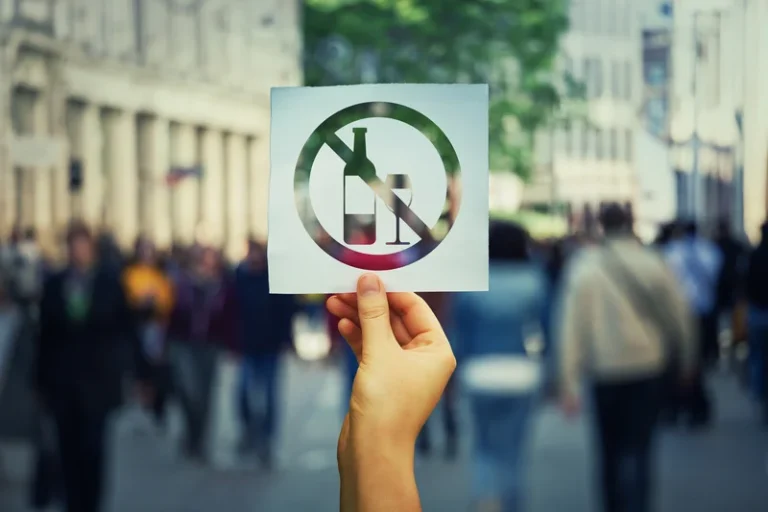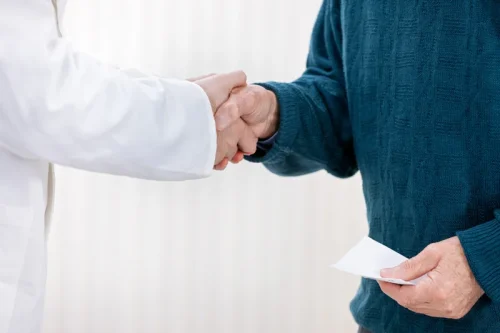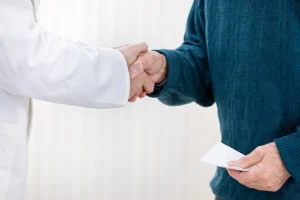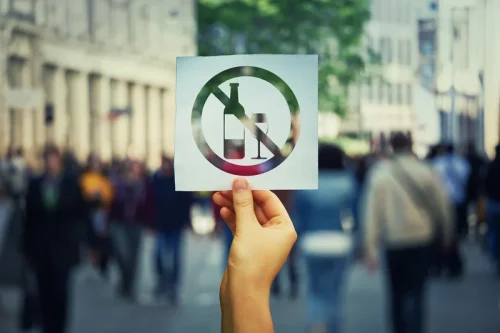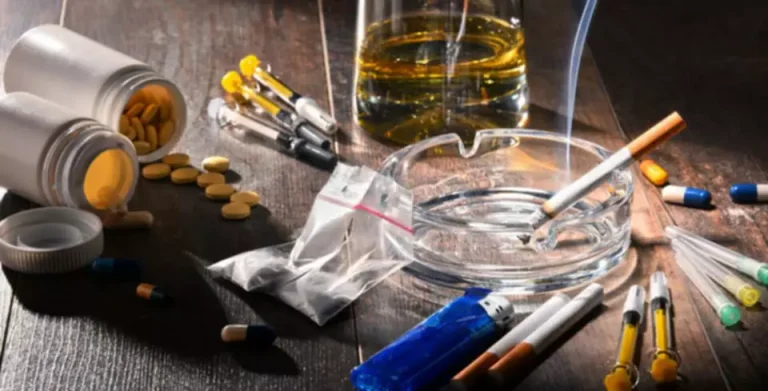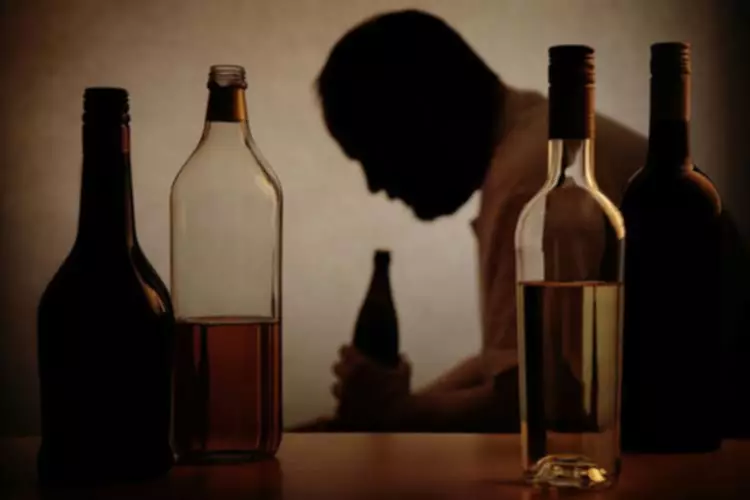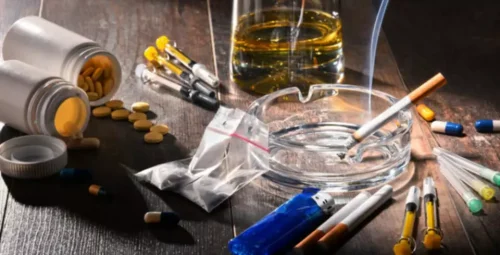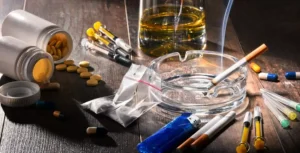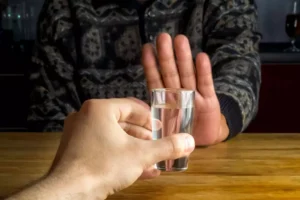My body was changing, mentally and physically, and I felt very strange. Soon I started looking forward to getting to meetings and sharing my feelings, as well as listening to others. I began to feel more comfortable and soon started talking to people after the meetings. Everyone was very supportive and I knew they really cared about me and my sobriety. I was even nominated back then for the refreshment commitment, which I gladly accepted.
How to recognize cannabis addiction
- Uncomfortable withdrawal symptoms can prevent people who are dependent on or addicted to cannabis from remaining abstinent.
- More specifically, motivational interviewing, contingency management, and cognitive behavioral therapy (CBT) may be used.
- Women tend to experience worse symptoms than men, such as more nausea and stomach pain.
- Treatment for CUD and addiction is similar to treatment for other substance use disorders.
Someone who is addicted to marijuana will prioritize their drug use over other aspects of their life. They will likely cut back on activities that previously brought them joy or withdraw from them altogether. I continue to make recovery the most important focus of my life. I go to meetings, have commitments, do lots of reading in the Big Book, use the phone regularly, and have a sponsor. I am hopeful about my future today regardless of many uncertainties.
Find Support
Understanding the risk factors, such as genetics and environmental influences, is crucial in addressing marijuana addiction. Furthermore, the co-occurrence of mental health disorders with cannabis use disorder is common, underscoring the need for integrated treatment approaches. Recognizing the signs of marijuana addiction is crucial for seeking help. These signs include increased tolerance to cannabis, withdrawal symptoms when not using, and continued use despite knowing the harms.
- The third cause for you addiction to weed is because you don’t know how to feel good naturally.
- The only way to discern whether these conditions are signs of CB1 downregulation or symptoms of disease is to abstain for up to six weeks.
- It’s cultural belief system that we have inherited which dictates that change only occurs over time, it can’t occur in an instant.
- Marijuana smoke has a pungent and distinctive sweet-and-sour odor.
How to stop smoking cannabis (weed)
The first cause of your addiction to weed is because you think you could quit through willpower. Yes, there are an exception to the rule but physiologically speaking, it’s almost impossible unless you link MASSIVE pain to not changing. If you’d like to start the treatment process, learn more about rehab, or verify your insurance, call our free, confidential helpline at to speak with a caring American Addiction Centers admissions navigator. You can find a rehab near you using our online directories tool. You can also easily verify your insurance online to check your health insurance coverage for treatment.
The Effects of Marijuana Abuse
Even though you may not be able to prevent marijuana abuse and addiction, there are things you can do to reduce the risk. These chemicals can cross the placenta and affect the fetus. Many studies have been done on the effects of marijuana abuse during pregnancy, and results is marijuana addictive are conflicting, possibly because of other substances used and/or abused during pregnancy, including tobacco. While many people use marijuana (it’s the third most commonly used addictive drug, after tobacco and alcohol) most won’t become addicted. About 1 in 10 people who use marijuana will become addicted; when they start using before the age of 18, the number increases to 1 in 6. Child and adolescent psychiatrist Sarah Y. Vinson says some adolescents use marijuana because it’s the only “medicine” they can access.
What is a Cannabis Use Disorder?
- Approximately 9% of people who use marijuana become addicted to it.
- This can include missing work or school, getting in trouble with the law or school authorities, or putting oneself in dangerous situations.
- I tell them that I need to hear from people who smoked pot like I did.
- The negative effects of use appear to be more of an issue for those who use more often and over a longer period of time.
Treatment methods include psychotherapy (talk therapy) and medications. More specifically, motivational interviewing, contingency management, and cognitive behavioral therapy (CBT) may be used. Medications to control cravings may be used alongside nonmedicinal interventions. One of the biggest risk factors of marijuana addiction may be age. People are up to seven times as likely to experience marijuana use disorder when they start using before the age of 18.
Main Content
The negative consequences of prolonged substance abuse are significant, but the benefits of quitting marijuana are equally profound. These benefits highlight the importance of seeking help and making informed decisions about marijuana use. The United States is confronting a public health crisis of substance use disorders and overdose deaths. We need to refocus and reenergize prevention and educational initiatives and support psychiatric treatment alternatives for youth. Addiction often begins with use in the teenage years, and 90% of all adults with substance use disorders began using alcohol, nicotine, or marijuana before age 18.
